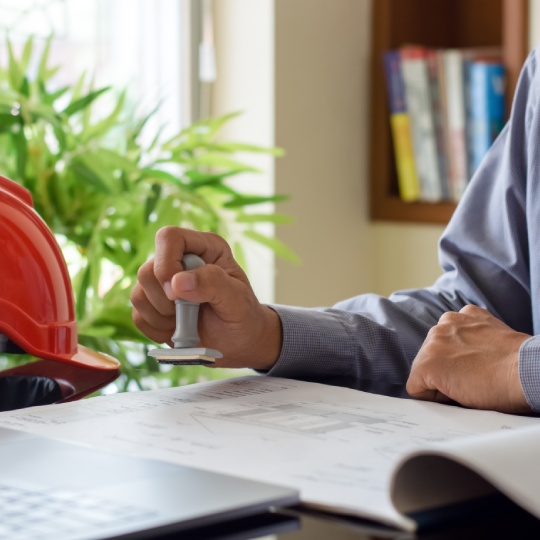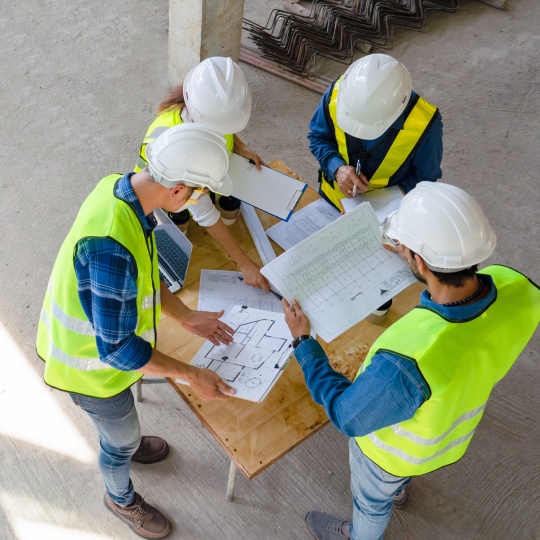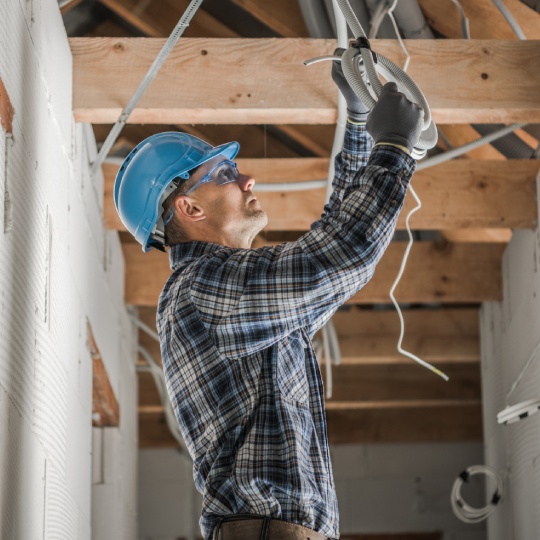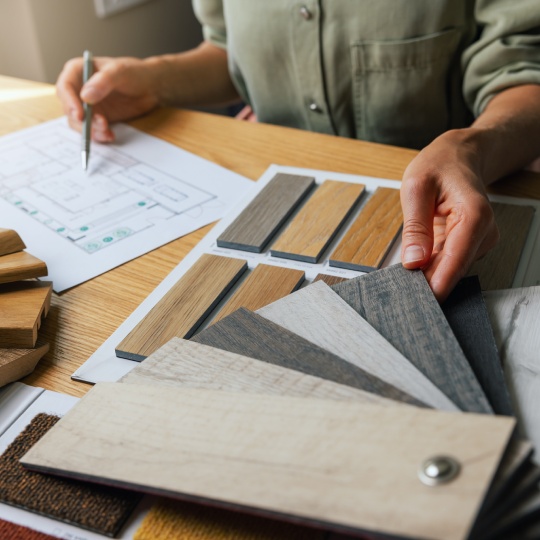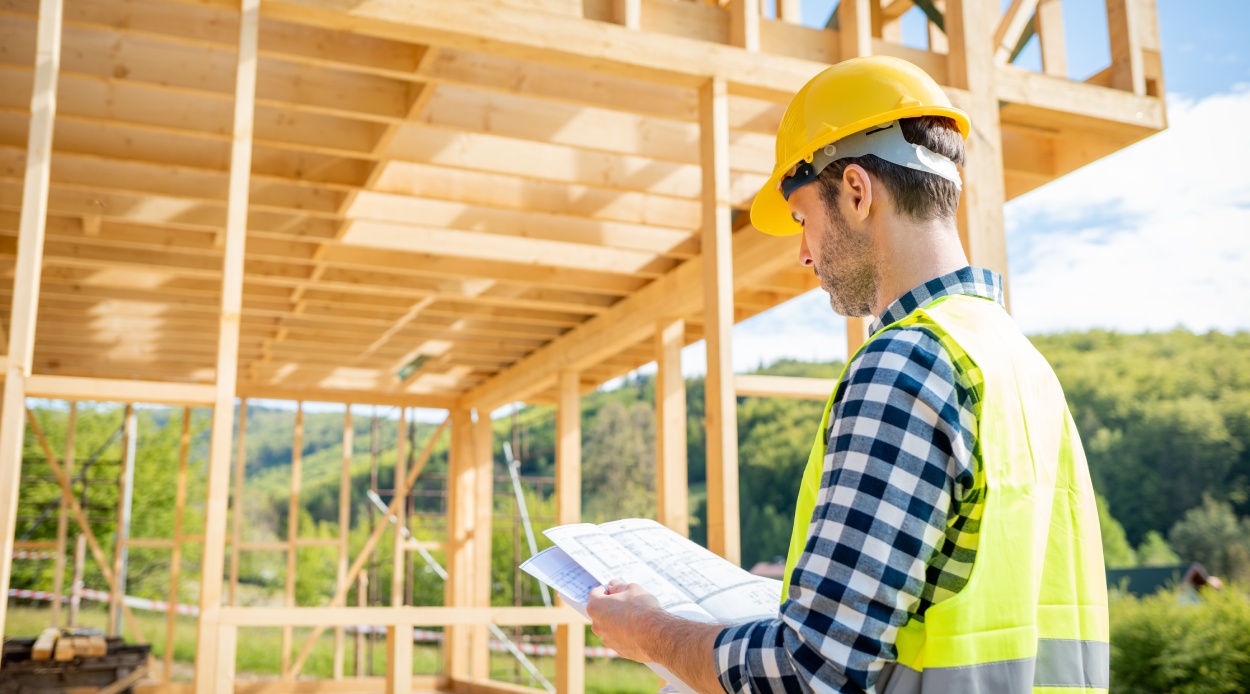
Whether you’re planning to build a dream home or set up a commercial space in McAllen, Texas, it is important to understand the ins and outs of residential and commercial construction. The differences are more than superficial—they shape every aspect of the project, from planning to execution to long-term upkeep.
1. Purpose of Construction: Crafting Homes vs. Creating Business Hubs
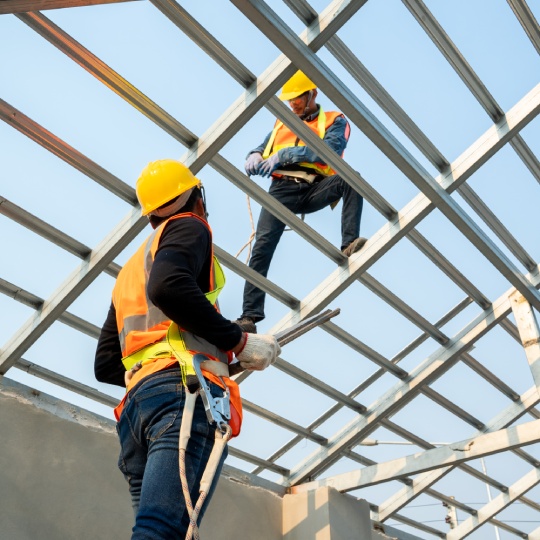
Residential Construction
Residential construction is about building homes for individuals and families, like single-family houses, duplexes, townhomes, and small apartments. This type of construction focuses on comfort, function, and creating an aesthetically pleasing living space.
Each house is designed to feel like a unique expression of its owners—often with features like personalized layouts, cozy rooms, and inviting exteriors.
Commercial Construction
Commercial construction is specific to business and industry. Buildings like office complexes, hotels, shopping malls, and medical facilities are designed with business needs in mind, prioritizing efficient layouts, foot traffic flow, and sometimes even brand alignment.
For example, a retail store layout intentionally encourages browsing, while an office space supports productivity and accessibility. The purpose behind each commercial project drives its scale and design complexity, setting it apart from residential builds.
2. Project Size and Scope: Compact and Cozy vs. Large and Layered
Residential Construction
Residential projects are typically more intimate in scale. Even a multi-unit building is far simpler in structure and scope than commercial properties. A typical house might involve a small crew of workers focused on finishing one section at a time, with projects often limited to single plots of land.
Commercial Construction
Commercial construction is a different animal entirely, involving expansive spaces, like entire office parks or shopping centers. These projects require a much larger workforce, including specialized teams for plumbing, electrical work, and HVAC systems.
Commercial buildings often span multiple floors and need to be sturdy and versatile enough to handle constant use and heavy traffic. The larger scale makes the planning phase incredibly complex, often involving various permits, inspections, and city planning approvals before a single brick is laid.
3. Regulations and Permits: Basic Codes vs. Complex Compliance 
Residential Construction
The regulatory side of residential construction focuses on must-have safety measures, such as fire safety, structural stability, and zoning requirements. In McAllen, RGV home builders need permits for specific structural changes or new builds, but these are relatively straightforward and tailored to individual safety and community standards. Once these permits are secured, contractors can move forward with fewer hurdles.
Commercial Construction
Commercial construction, on the other hand, involves a labyrinth of regulations. Buildings must meet strict guidelines covering everything from fire exits to elevator safety, Americans with Disabilities Act (ADA) compliance, and energy efficiency.
Municipalities often conduct multiple inspections throughout the build, with any misstep leading to costly delays or even penalties. For example, a hospital in McAllen would have to meet not only general safety codes but also healthcare-specific standards, making sure that every detail, from electrical wiring to emergency exits, is compliant.
4. Materials and Building Techniques: Practical Choices vs. Industrial Strength
Residential Construction
In residential construction, common materials include wood, brick, concrete, and drywall, chosen for their affordability, ease of use, and flexibility. Wood framing is popular because it’s easy to handle and offers good insulation, while brick or concrete adds durability. Home interiors focus on aesthetics and comfort, incorporating cozy materials like wood floors or carpets and simple layouts for ease of movement.
Commercial Construction
For commercial buildings, durability is paramount. Materials like steel and reinforced concrete are standard, chosen for their strength and ability to support large structures and endure heavy usage. Imagine a high-rise in downtown McAllen; it requires steel framing and concrete reinforcements to withstand environmental factors and constant foot traffic.
Industrial-grade materials also allow commercial spaces to incorporate vast, open layouts, high ceilings, and unique architectural elements that give the building a memorable look, which is especially important for brands or hotels that want to make a strong impression.
5. Project Timeline: Quick Completions vs. Long-Term Projects 
Residential Construction
Residential projects are often time-efficient. A single-family home might take anywhere from a few months to a year to complete, with tasks often tackled sequentially and simplified to keep the timeline short. Builders can schedule tasks like framing, roofing, and interior finishing for maximum speed and quality.
Commercial Construction
For commercial projects, timelines can stretch over several years. Think of a hospital or office tower in McAllen—it might involve years of planning, design, compliance, and finally, construction. Unlike residential builds, commercial projects involve coordination with multiple stakeholders (engineers, architects, regulatory bodies), each adding time to the process. To manage the scale and complexity, commercial projects are typically broken down into phases, each carefully planned and executed with strict project management to stay on track.
6. Costs and Budgeting: Predictable Prices vs. Expansive Budgets
Residential Construction
A primary advantage of residential projects is the relative predictability of costs. Homeowners usually finance their projects with loans, allowing them to plan around clear budgets and projected expenses. Materials and labor are generally cheaper, and there are fewer unexpected costs as projects tend to follow standard designs.
Commercial Construction
The costs of commercial projects can be staggering, and for good reason. Large-scale structures need more materials, skilled labor, and specialized equipment, each contributing to the budget. Commercial budgets account for everything from advanced technologies like Building Information Modeling (BIM) to high-cost materials like steel. Investors or corporate entities often back these projects, allowing for a larger upfront investment but demanding a high return on investment, which adds financial pressure and rigorous budget management to the project.
7. Skilled Labor and Workforce: Versatile Crews vs. Expert Teams 
Residential Construction
In residential construction, the labor force typically includes contractors and skilled tradespeople like carpenters, plumbers, and electricians. Since the projects are smaller and simpler, teams are often smaller, and workers can multitask or share roles. McAllen residents might hire independent contractors or small local teams familiar with local codes and residential design.
Commercial Construction
Commercial projects demand a large, specialized workforce. Each part of the build might require experts—architects, structural engineers, crane operators, and HVAC specialists. Large teams are standard, especially on skyscrapers or sprawling retail spaces. For example, a commercial project in McAllen could employ hundreds of workers, each with a precise role that keeps the project progressing smoothly.
8. Equipment and Technology: Handy Tools vs. Heavy-Duty Machinery
Residential Construction
Residential construction relies on accessible equipment. Tools like concrete mixers, nail guns, and ladders are the norm, sufficient for most house-building tasks. Technology use is often minimal, with limited need for complex machinery or planning software.
Commercial Construction
In contrast, commercial projects employ advanced machinery. Cranes, bulldozers, and heavy earth-moving equipment are common, and technology like Building Information Modeling (BIM) aids in planning and managing the project. The use of BIM, for example, allows commercial developers to foresee challenges, adjust timelines, and improve overall efficiency, which is necessary when dealing with large-scale structures that require precision.
9. Design and Aesthetic Considerations: Personalization vs. Practicality
Residential Construction
In homes, aesthetics are key. Residential projects are made to meet homeowner tastes, with choices around paint colors, flooring, kitchen layouts, and fixtures. Homeowners in McAllen might look for airy layouts that suit Texas climates, blending indoor and outdoor spaces for relaxation.
Commercial Construction
Commercial buildings lean more on functionality and efficiency than personalized aesthetics. Design elements must serve the business’s needs first—think of the open layout of an office building or the practical flow of a hotel lobby. While appearances matter, especially in hospitality or retail, functionality always leads the way.
10. Maintenance and Long-Term Upkeep: Simple Upkeep vs. Continuous Care
Residential Construction
For homeowners, upkeep is often limited to standard repairs and occasional improvements like repainting or landscaping. A home doesn’t usually need more than a periodic check-up to stay functional and visually appealing.
Commercial Construction
Commercial buildings, on the other hand, need ongoing maintenance due to high usage, wear, and the complexity of installed systems. HVAC systems, elevators, and large electrical setups are just some components that require routine inspections and servicing to maintain disruption-free operations. In a busy commercial setting, any downtime can be costly, so maintenance teams are often on standby.
Choosing the Right Path in McAllen, Texas
Understanding these differences between residential vs. commercial construction helps you make informed choices, whether you want to choose a custom home builder or a commercial builder.
Ready to build your vision? Liongate Builders is here to bring your vision to life, whether it is a residential project or a commercial building. We have the expertise across all types of building projects and the commitment to building relationships as well as projects, to bring your building to life. Contact us today to get started.

